Russian conscripts are killed after 4½ months on average, with one in five dead less than two months after being conscripted: Data shows how Putin is sending civilians to their doom in Ukraine
Vladimir Putin signed a decree a year ago to initiate a “partial military mobilization,” drafting some 300,000 Russian citizens and sending them to Ukraine to bolster its crumbling military power.
Unsurprisingly, within weeks, conscripts began reporting horror stories from the front lines, with newly drafted units facing systemic problems that led to eye-popping attrition.
Newcomers were sent into battle by reckless commanders with poor equipment and limited ammunition, only to be mauled by better trained and equipped Ukrainian defenders.
Those who managed to survive after their initial deployment found that the promises of leave never materialized and were instead faced with the prospect of almost certain death on the front lines, or being tortured or killed for desertion.
Now a research paper written by the Conflict Intelligence Team (CIT) and Russian independent magazine ‘Important Stories’ has revealed the harrowing impact of the war on Russian conscripts.
The report analyzed thousands of reported deaths across Russia and concluded that the average conscript survived just four and a half months on the front line – with 1 in 5 dying within just two months.
Russian conscripts called up for military service line up for their departure to garrisons as they gather at a recruitment center in Simferopol, Crimea, April 25, 2023
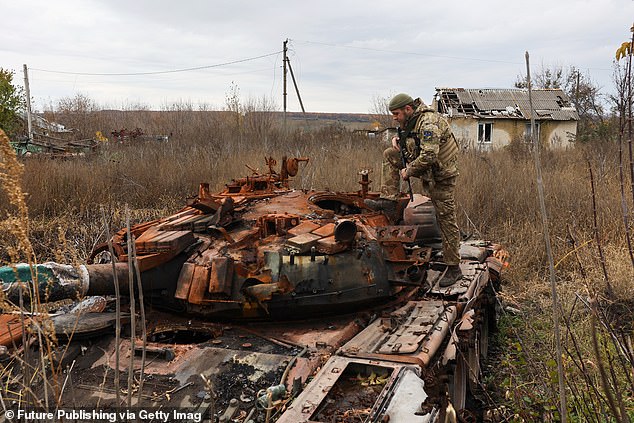
A Ukrainian soldier examines a destroyed Russian tank in the village of Tsupivka in the north of Kharkov region, northeastern Ukraine
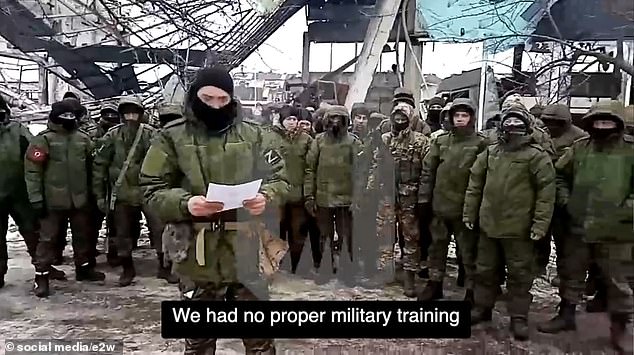
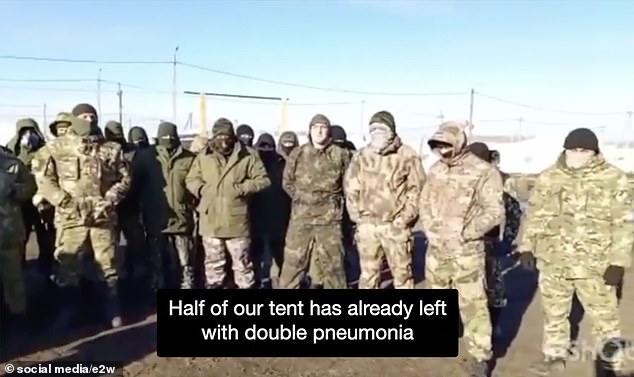
Conscripts began reporting horror stories from the front lines within weeks, with newly drafted units facing systemic problems that led to eye-popping attrition.
In areas where fighting was heaviest, the period between mobilization and death on the front lines was measured in days, not weeks.
CIT analysts identified the fall of 2022 and spring of 2023 – marked by heavy fighting in and around Bakhmut in Donetsk and Svatove-Kreminna in Luhansk – as the bloodiest time of the conflict with conscripts being killed at an incredible rate.
“The most intense periods in terms of losses are the autumn of 2022 and the spring of 2023. They contribute significantly to the average life expectancy of those mobilized at the front,” CIT explains.
“Some already fell into the meat grinder in the autumn in the vicinity of Svatove and Kreminna, where (the Russian military leadership) urgently had to close the breakthrough (of the Ukrainian armed forces).
“At first, (mobilized troops) filled gaps to urgently prevent the collapse of the front, to saturate it with manpower.
“The record of military call to grave is only a few days.”
The age range of conscripts killed in action further illustrates the toll mobilization took on Russian society – especially in poorer minority regions where call-ups were disproportionately high.
A victim named Anton Getman, from the southern Russian region of Rostov, close to the Ukrainian border, was killed at the age of 19 in November 2022, just weeks after his mobilization.
According to the report, one in ten conscripts killed in Ukraine was under the age of 25.
Meanwhile, Nikolai Isakov, a former major who was recalled to fight after the war broke out, was killed eight months after he was mobilized at the age of 62.
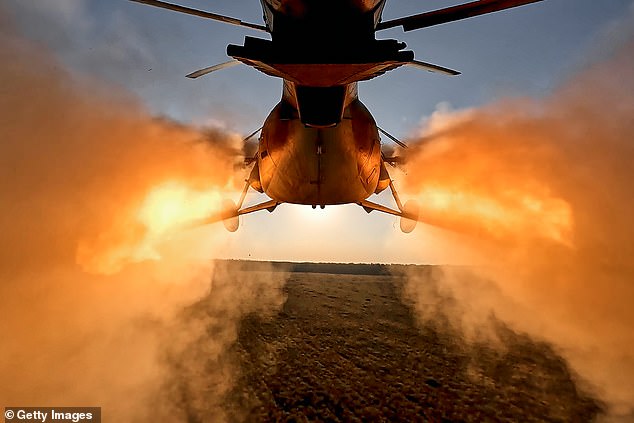
Missiles are launched from a helicopter of the 18th Army Aviation Brigade of Ukraine on September 19, 2023 in the Donetsk region, Ukraine

Vladimir Putin signed a decree a year ago to initiate a “partial military mobilization,” drafting some 300,000 Russian citizens and sending them to Ukraine to bolster its crumbling military power.
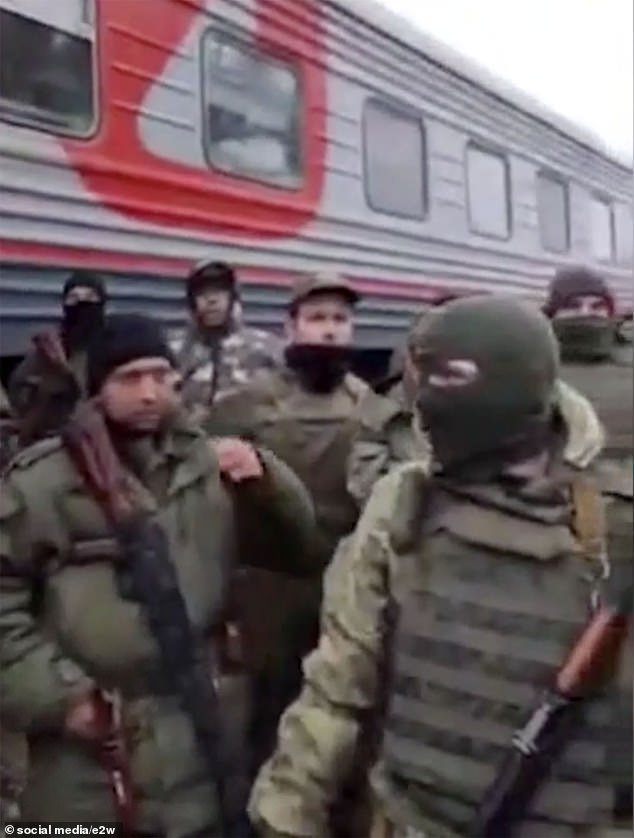
Russian conscripts protest against conditions and their treatment as they leave Belgorod
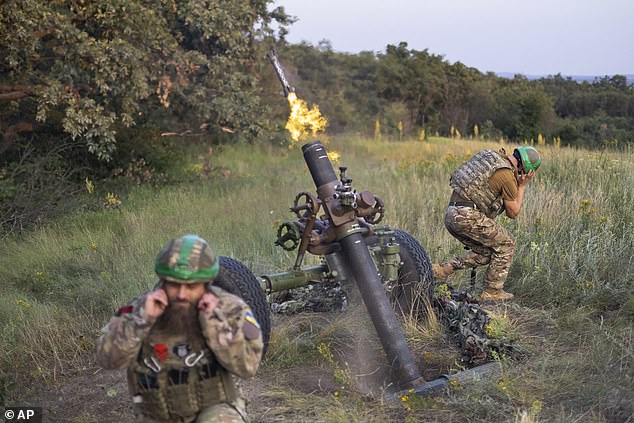
Ukrainian soldiers from the 3rd Assault Brigade fire a 122mm mortar at Russian frontline positions, near Bakhmut, Donetsk region, Ukraine, Sunday, July 2, 2023
CIT analysts further explained how the Russian military’s unstructured combat system contributes to such high attrition rates and reduces the effectiveness of those who survive.
“At the very beginning they were told: ‘You will serve six months and go home, no one will send you to the front line’ – and they thought: ‘Now let’s quickly get medals, money and come back.’”
‘Now many conscripts complain that they have already been in service for eleven months and have never been home.
“Once mobilization begins, they can no longer refuse to participate (in the war) with impunity, and we are seeing an increasing number of criminal charges for unauthorized abandonment of a unit.
‘Why aren’t they sent on holiday? Because (commanders) are afraid that if you send a hundred people on vacation, only half will come back.”
The report comes as Ukrainian forces carried out coordinated attacks on several villages in the eastern Donetsk region and began heavily shelling the city of Bakhmut, a Russian-installed official in the region said on Friday.
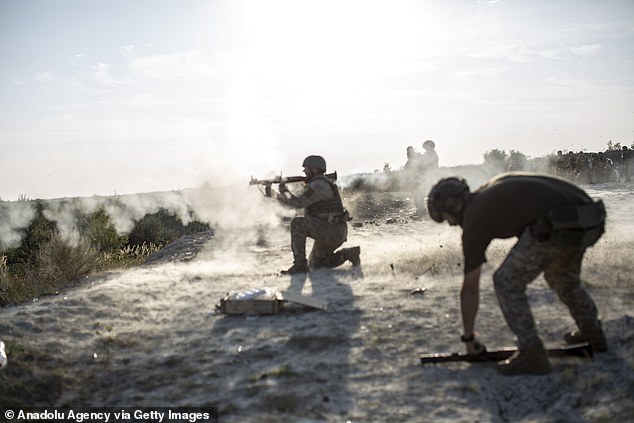
A soldier of the 57th Brigade of the Ukrainian Army shoots a shoulder grenade launcher (RPG) during military training at a shooting range in a secret location behind the front line as the war between Russia and Ukraine continues in the Donbas region, Donetsk Oblast, Ukraine on 21 September 2023
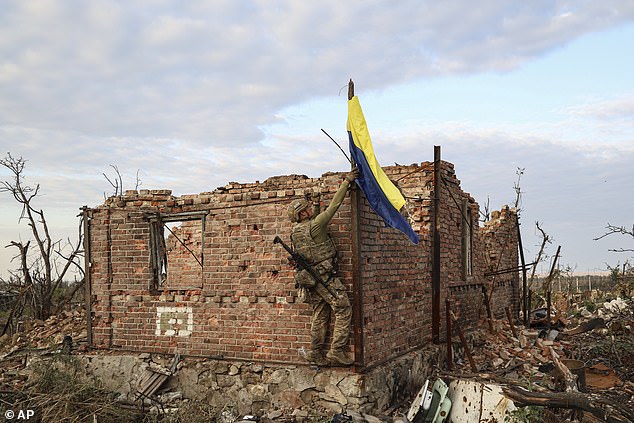
A commander of an assault unit of the 3rd Assault Brigade with the call sign ‘Fedia’ raises the Ukrainian flag as a symbol of the liberation of the frontline village of Andriivka, Donetsk region, Ukraine, Saturday, September 16, 2023
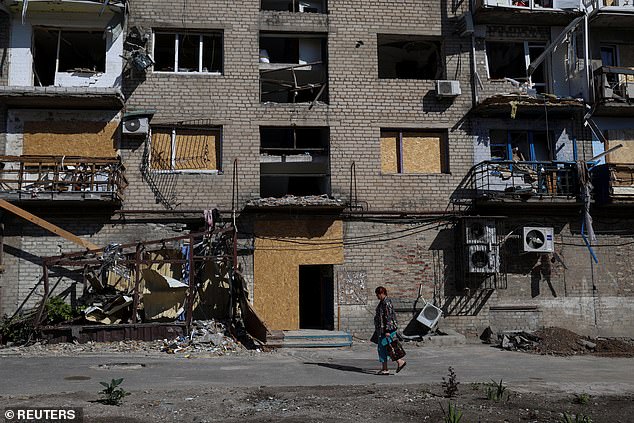
A woman walks past a residential building damaged by a Russian military attack, amid the Russian attack on Ukraine, in Pokrovsk, Donetsk region, Ukraine, September 21, 2023
The industrial area has borne the brunt of fighting since the Russian offensive and the battle for Bakhmut is the longest and one of the bloodiest of the conflict.
“Over the past 24 hours, the enemy in the direction of Krasnolimansk has carried out a number of actions and conducted combat reconnaissance in several directions at the same time,” Denis Pushilin said on social media.
He named several villages in northern Donetsk, near the Ukrainian-controlled city of Lyman, and claimed the attacks had been suppressed by Russian forces.
Bakhmut was captured by Russian forces in May after months of brutal fighting, but Ukrainian forces immediately began pushing back along its flanks and have recaptured several destroyed villages.
“The situation in (Bakhmut) remains hot, (the city) itself is under chaotic shelling,” Pushilin said in the video statement on social media.
Pushilin also said Ukrainian forces are assembling assault battalions north of the city, which once had an estimated population of 70,000.
Ukrainian forces launched a counter-offensive against heavily entrenched Russian positions in June, but progress has been slow.
